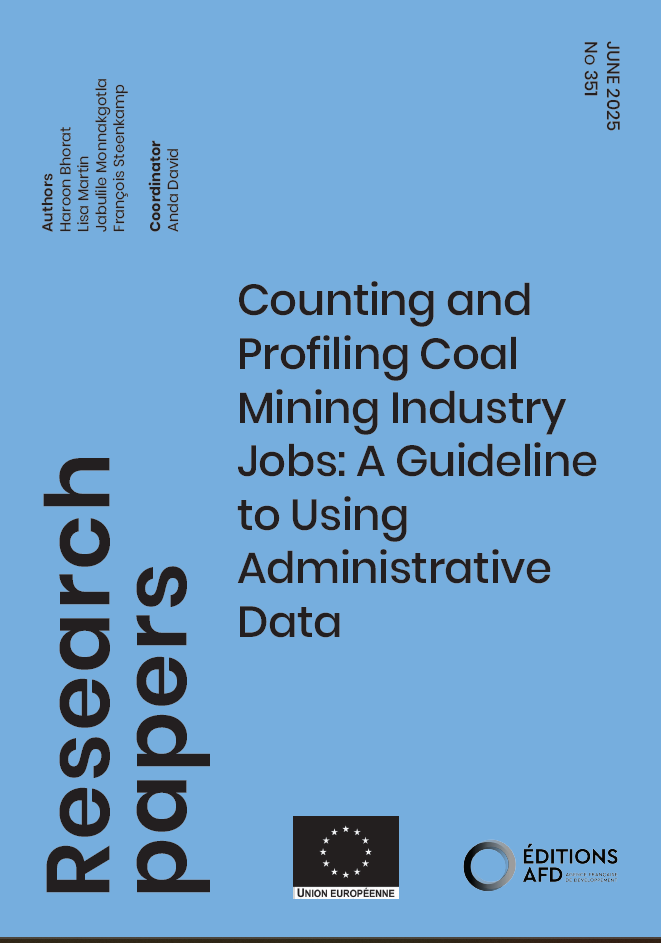Share the page
Counting and Profiling Coal Mining Industry Jobs
Published on

South Africa is undergoing the early stages of an energy transition away from coal. A planned transition requires social protection policy interventions to mitigate potential negative employment impacts. Crafting a quantifiable transition plan with a comprehensive set of policy measures necessitates robust micro-data-based empirical estimates of the coal mining workforce. In this paper, we use, for the first time, administrative tax data to measure the quantum of employment in the South African coal mining industry. Furthermore, we provide an employment, wage, and inequality profile of workers in the coal mining industry. Subcontracted employment within the coal mining industry has grown, now constituting nearly half of all jobs. The workforce is relatively young, requiring transition policies that prioritize skills development and job placement. Men comprise the bulk share of employees in the coal mining industry, although female participation has risen over time. Coal mining industry jobs are relatively well paid, with the average coal miner wage surpassing that of the average formal sector worker, thus making income support for displaced workers financially burdensome. Wage inequality within the coal mining industry is lower than wage inequality within the broader formal sector economy. Thus, should coal miners transition from jobs in the relatively low inequality coal mining industry, to jobs in high inequality industries, then it is possible that overall inequality will rise.
Useful Information
-
Authors
-
Haroon Bhorat, Lisa Martin, Jabulile Monnakgotla, François Steenkamp
-
Edition
-
351
-
Page number
-
64
-
ISSN
-
2492 - 2846
-
Collection
-
Research Papers
